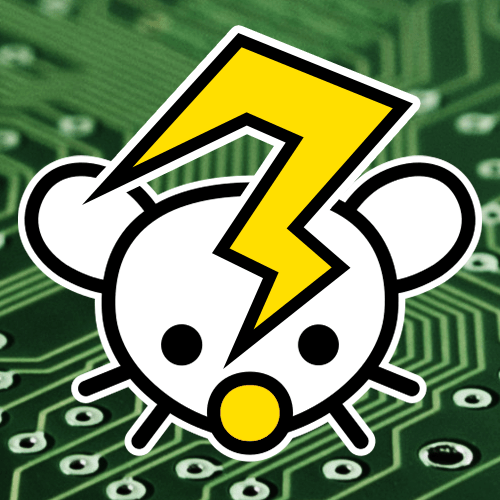Hello. I’m a hobbist on electronics repairs, and I did some repairs on stuff powered from the wall socket before, using a serial bulb to protect the circuit in case there’s a short. Now I want to troubleshoot a board that works at 3V and very low current (like no more than 100mA). So, how can I properly size the bulb I need for this circuit before powering it? Or is there a better way to protect the circuit than a serial bulb? Thanks in advance.


Hey, thanks for your reply. By serial bulb I mean a incandescent lamp in series with the circuit. I was looking for a cheap and diy option, but I’ll take a look on a bench power supply. I still need to get me a decent one anyways.
Ah. It’s not going to be possible to size it because the bulb is then acting as a resistor essentially. Unless you know what the equivalent resistance of the circuit you’re testing is, and it draws a fixed current, you aren’t going to be able to cap the current; Adding a resistor (or bulb) is just going to drop the input voltage and you will probably end up having other issues
Ah got it. Then a bench power supply is the way to go. Thanks again!
And the bulb is a strange resistor, it has a really high current when starting up cold. This can fry everything behind it.
It has the high current because it’s cold, it only needs a short time to heat up and light up and the majority of circuits can handle very short overcurrent really well because the connections need to heat up before they break. Using a lightbulb for current limiting works pretty well.